Foo Fighters
Buy Foo Fighters With the suicide of Nirvana front man Kurt Cobain abruptly ending what looked like a promising rise for the rock trio in 1994, the group’s drummer, Dave Grohl, decided to write […]
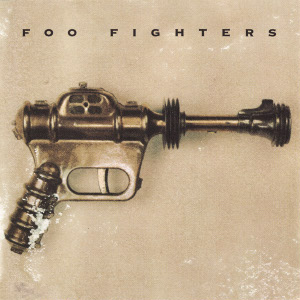
Buy Foo Fighters With the suicide of Nirvana front man Kurt Cobain abruptly ending what looked like a promising rise for the rock trio in 1994, the group’s drummer, Dave Grohl, decided to write […]
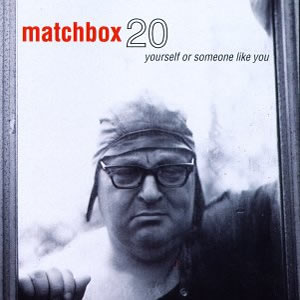
Buy Yourself or Someone Like You A blockbuster debut for Florida-based rock band Matchbox 20, the 1996 album Yourself or Someone Like You hit the post-grunge sweet spot with popular music fans as […]
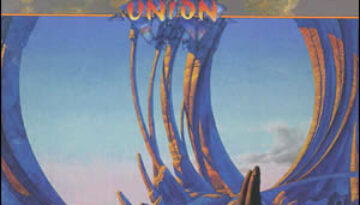
Buy Union The 1991 album, Union, is unique not only among the vast collection of Yes albums, but is a unique release among all mainstream rock albums. At the time they were recorded, […]
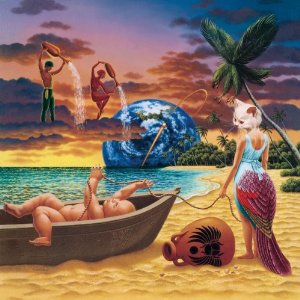
Buy Trial by Fire For Journey‘s most avid fans, the 1996 album Trial By Fire may be best described as one last guilty dip into the group’s heyday of the previous decade. With […]
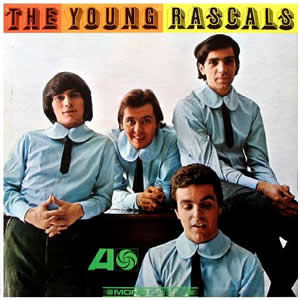
Buy The Young Rascals The 1966 self-titled debut by The Young Rascals is made mostly of cover songs. However, this in no way implies that the album is unoriginal as the quartet’s original […]
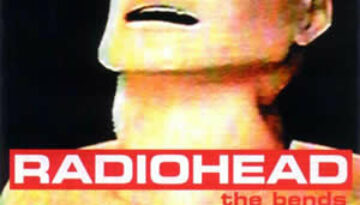
Buy The Bends The Bends is the classic rock coming of age album by Radiohead, for which they received critical acclaim as well as chart and commercial success. This 1995 album was at […]
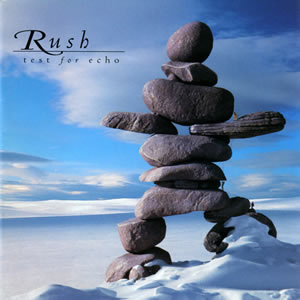
Buy Test for Echo Rush evolved from the synth-drenched style of previous albums with the 1996 release, Test for Echo. The musical style delivered by the Canadian trio hearkens back to the hard […]
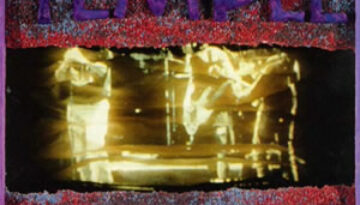
Buy Temple of the Dog Temple of the Dog was sort of a reverse super group in the sense that the group members would go on to play in two of the more […]
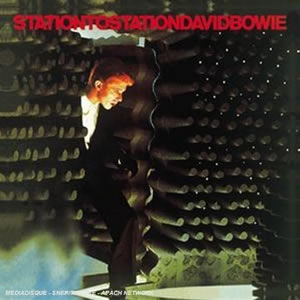
Buy Station to Station His tenth overall studio album, Station to Station was a transitional album for David Bowie. Musically, this 1976 album seamlessly bridges the gap between the glam rock of Bowie’s […]
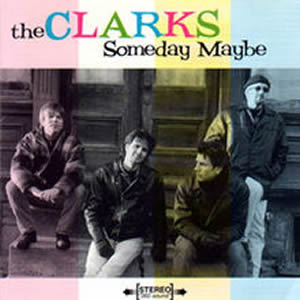
Buy Someday Maybe Although this group has had a long and fruitful career which continues to this day, The Clarks only had one major label release. The 1996 record Someday Maybe is a […]